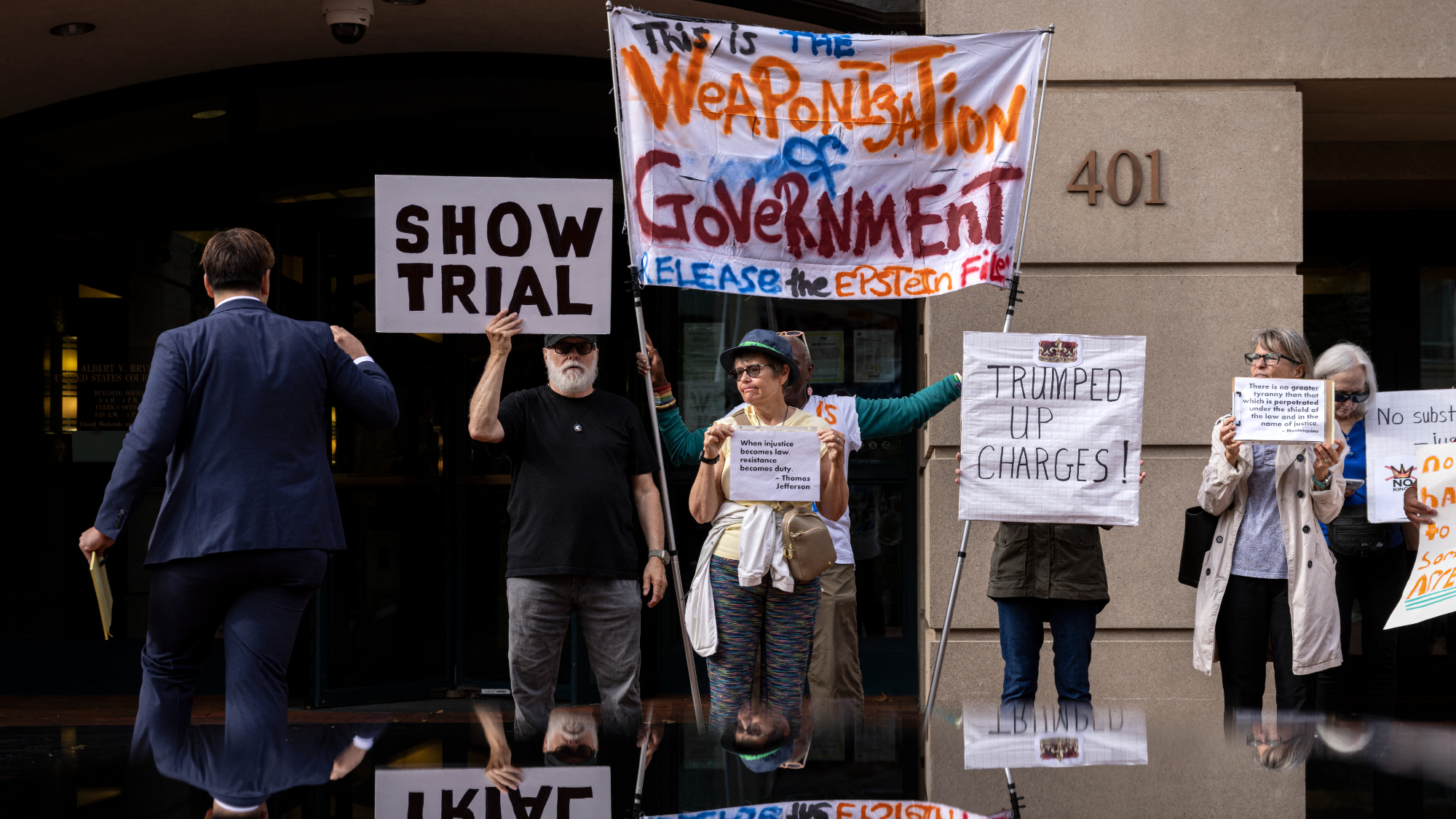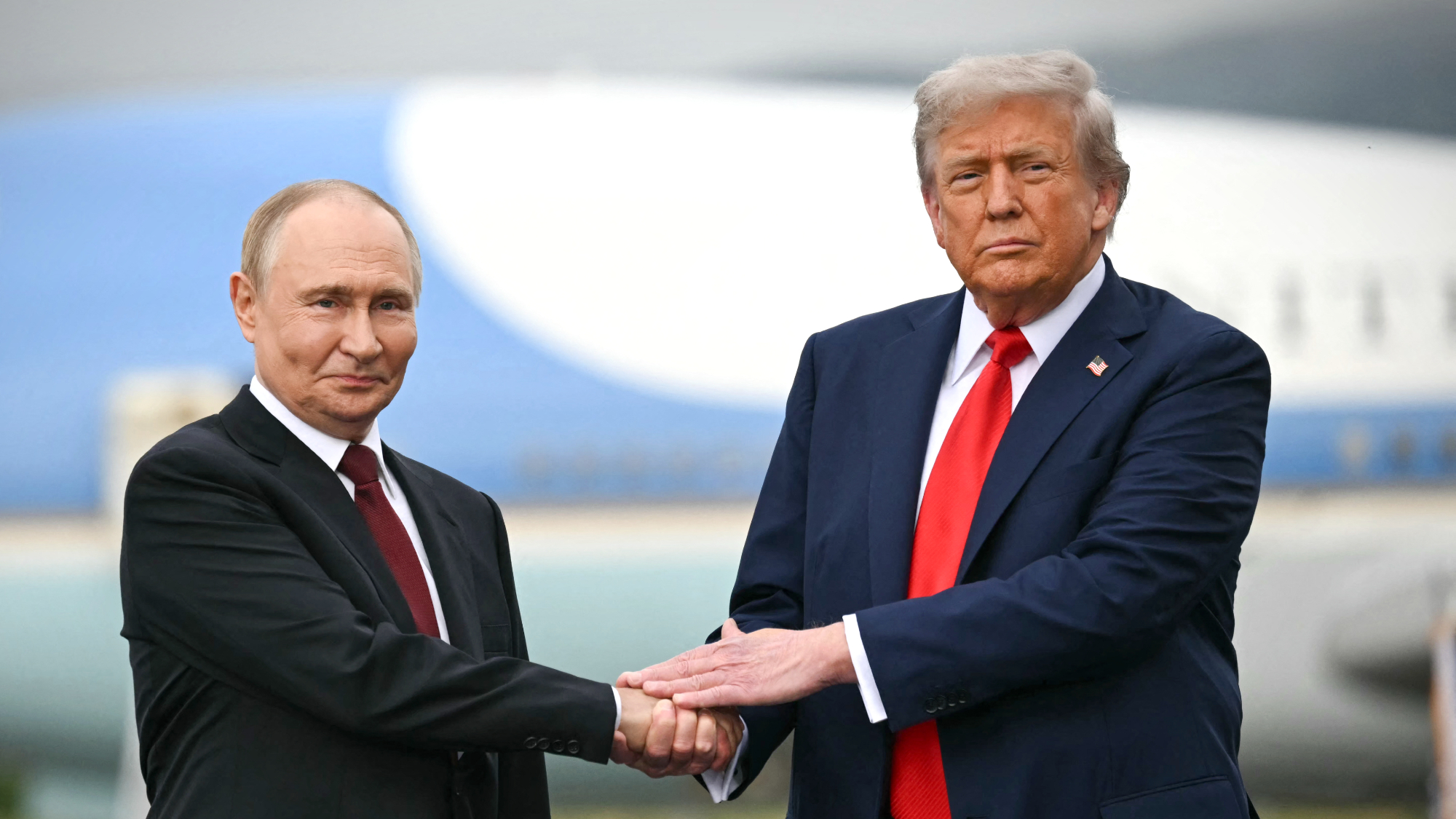Issue of the week: Rebooting the bank bailout
The U.S. government is preparing a second attempt to purge the economy of bad assets.
Get ready for Round 2 of the bank bailout, said Deborah Solomon in The Wall Street Journal. “Recognizing that the banking crisis is far larger than originally thought,” the U.S. government is preparing a second attempt “to purge bad assets that are paralyzing the banking system.” In addition to residential mortgages, those assets include car loans, credit card debt, and other forms of consumer debt, all of which are increasingly in default. President Obama’s economic advisors are considering various ways to “quarantine” these bad assets, said Binyamin Applebaum and David Cho in The Washington Post, including the creation of a gigantic, government-owned “bad bank” to hold the toxic assets. It’s “a simple, understandable solution to a complicated problem.” But it doesn’t resolve a key issue: How much should the government pay for dubious assets? “The difficulty is that banks think their assets are worth more than investors are willing to pay.” If the government sides with investors, banks will take steep losses on any assets sold to the “bad bank.” But if the government buys the assets for what the banks consider fair value, the financial markets may simply interpret the purchases as another bailout, leaving bank balance sheets under a continuing cloud of skepticism.
The bad-bank approach might work, said the Financial Times in an editorial. Banks would likely have “to declare large losses,” but by removing toxic assets from their balance sheets they would “create certainty about their solvency.” However, administering this process would be endlessly complicated, since it would involve “pricing assets that have proved unpriceable and require enormous, upfront costs.” A better solution would be “the insurance model used at Citigroup” and Bank of America. For a fee, the government could ensure that the value of a bank’s bad assets would not fall below “an agreed floor price.” That would reassure investors while reducing the amount of money the government would have to spend immediately.
Both the bad-bank model and the insurance model are needlessly complex, said Paul Krugman in The New York Times. “Zombie banks” like Citigroup “are already wards of the state, utterly dependent on taxpayer support.” It would be far simpler—and a far better deal for taxpayers—if Washington would simply engineer “an explicit, though temporary, government takeover” of the most crippled banks. Unfortunately for taxpayers, Washington is “deathly afraid” of nationalizing financial institutions.
The Week
Escape your echo chamber. Get the facts behind the news, plus analysis from multiple perspectives.

Sign up for The Week's Free Newsletters
From our morning news briefing to a weekly Good News Newsletter, get the best of The Week delivered directly to your inbox.
From our morning news briefing to a weekly Good News Newsletter, get the best of The Week delivered directly to your inbox.
Okay, so let’s assume that one way or another, the government succeeds at purging banks of their bad debts, said Andy Meek in the Memphis Daily News. Would banks start lending again? Only if creditworthy borrowers cooperated. Demand for new loans “arguably is at a record low” as consumers and businesses struggle to pay off what they already owe. “They don’t want to add any more debt than they have to,” says one local banker. Unlikely as it sounds, a crisis brought on by too many bad loans could be prolonged by too few good ones.
A free daily email with the biggest news stories of the day – and the best features from TheWeek.com
-
 Trump’s Comey case dealt new setback
Trump’s Comey case dealt new setbackspeed read A federal judge ruled that key evidence could not be used in an effort to reindict former FBI Director James Comey
-
 Moscow cheers Trump’s new ‘America First’ strategy
Moscow cheers Trump’s new ‘America First’ strategyspeed read The president’s national security strategy seeks ‘strategic stability’ with Russia
-
 Political cartoons for December 8
Political cartoons for December 8Cartoons Monday's political cartoons include ICE in the Big Easy, Warner on the wane, and a Putin peace deal
-
Issue of the week: Raising the minimum wage
feature How will raising the federal minimum wage from $7.25 to $9 an hour affect the economy?
-
Issue of the week: Breaking up the big banks
feature There’s a growing realization that we need to end the taxpayer guarantees that Dodd-Frank left in place.
-
Issue of the week: The death of daily deals?
feature This is a “winter of discontent” for daily deal companies Groupon and LivingSocial.
-
Issue of the week: CEOs tackle the deficit
feature America’s top business leaders sent Congress an open letter urging immediate action on the $16 trillion national debt.
-
Issue of the week: Does Wall Street need speed limits?
feature High-frequency trading now accounts for as much as 70 percent of market volume.
-
Issue of the week: Victory for a bank watchdog
feature A New York state financial regulator accused a London-based bank of laundering $250 billion for Iran.
-
Issue of the week: A former megabanker’s conversion
feature Sanford Weill, the architect of the modern megabank, now favors the end of too-big-to-fail banks.
-
Issue of the week: Libor scandal rocks banking
feature The interest rate scandal is just beginning and may soon engulf at least a dozen other major banks.